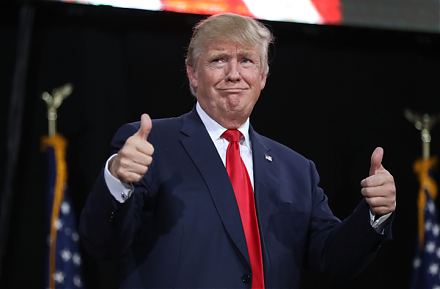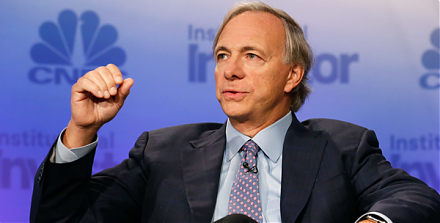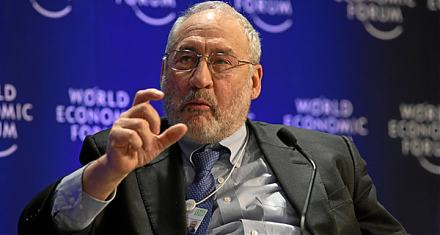

2017-11-17 09:42:00 Fri ET
treasury deficit debt employment inflation interest rate macrofinance fiscal stimulus economic growth fiscal budget public finance treasury bond treasury yield sovereign debt sovereign wealth fund tax cuts government expenditures
The Trump administration garners congressional support from both Senate and the House of Representatives to pass the $1.5 trillion tax overhaul (Tax Cuts & Jobs Act of 2017). With Republican majority in both congressional chambers, this current fiscal reform represents President Trump's first landmark economic policy legislation. The typical supply-side macroeconomist welcomes this fiscal overhaul and expects tax relief to trickle down to most U.S. households as well as corporations. Each American household will expect to benefit from this fiscal legislation in the form of tax cuts from $4,000 to $9,000 per annum. Also, most U.S. corporations face a substantial decrease in the effective corporate income tax rate from 35% to 21%. Furthermore, large U.S. multinational corporations can enjoy tangible tax credits for offshore cash repatriation during the indefinite Trump tax holiday. The Trump administration suggests that this tax overhaul is likely to help boost wage growth, job creation, and labor and capital productivity.
However, some market observers fear that the resultant tax cuts offer key U.S. corporations such as Cisco, Pfizer, and Coca-Cola etc to distribute cash to their shareholders in the form of near-term dividend payout and share buyback.
If any of our AYA Analytica financial health memos (FHM), blog posts, ebooks, newsletters, and notifications etc, or any other form of online content curation, involves potential copyright concerns, please feel free to contact us at service@ayafintech.network so that we can remove relevant content in response to any such request within a reasonable time frame.
2018-10-21 14:40:00 Sunday ET

President Trump floats generous 10% tax cuts for the U.S. middle class ahead of the November 2018 mid-term elections. Republican senators, congressmen, and
2018-12-11 10:34:06 Tuesday ET

Several eminent American China-specialists champion the key notion of *strategic engagement* with the Xi administration. From the Hoover Institution at Stan
2019-04-25 09:35:00 Thursday ET

Bridgewater hedge fund founder Ray Dalio suggests that the current state of U.S. capitalism poses an existential threat for many Americans. Dalio deems the
2020-03-26 10:31:00 Thursday ET

The unique controversial management style of Steve Jobs helps translate his business acumen into smart product development. Jay Elliot (2012) Leading
2018-06-11 07:44:00 Monday ET

Facebook, Apple, Amazon, Netflix, and Google (FAANG) have been the motor of the S&P 500 stock market index. Several economic media commentators contend
2019-06-29 17:30:00 Saturday ET

Nobel Laureate Joseph Stiglitz proposes the primary economic priorities in lieu of neoliberalism. Neoliberalism includes lower taxation, deregulation, socia